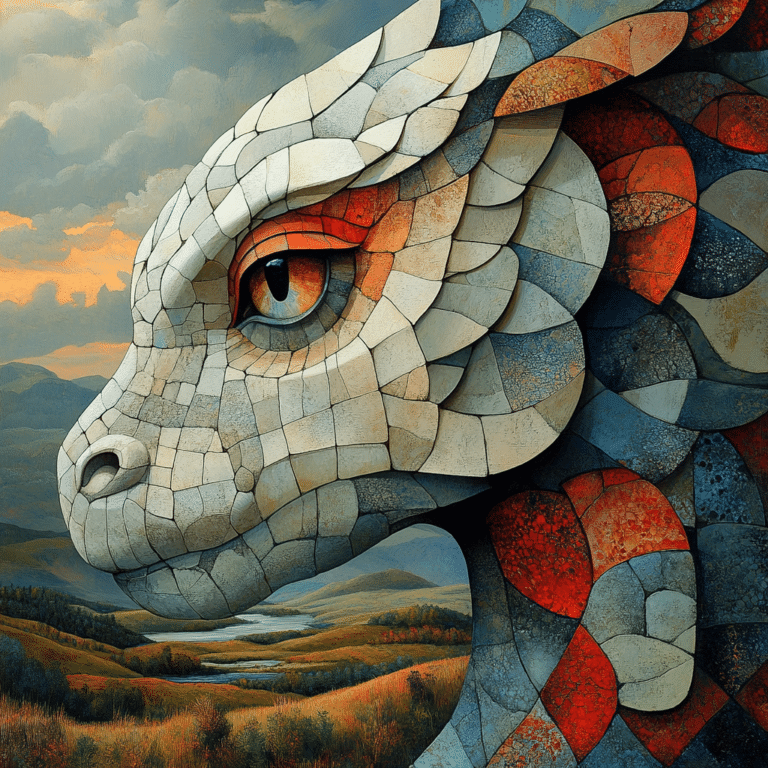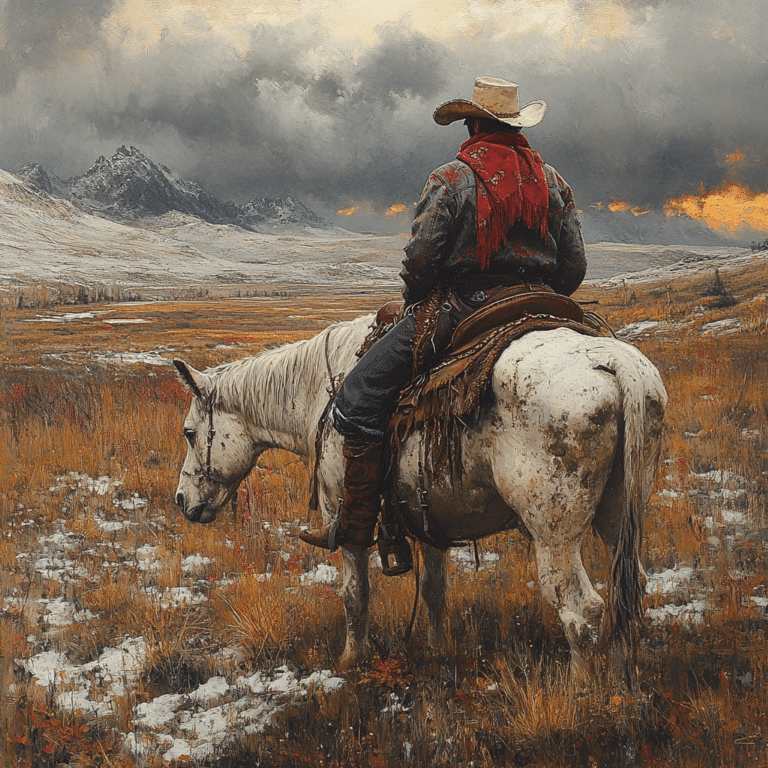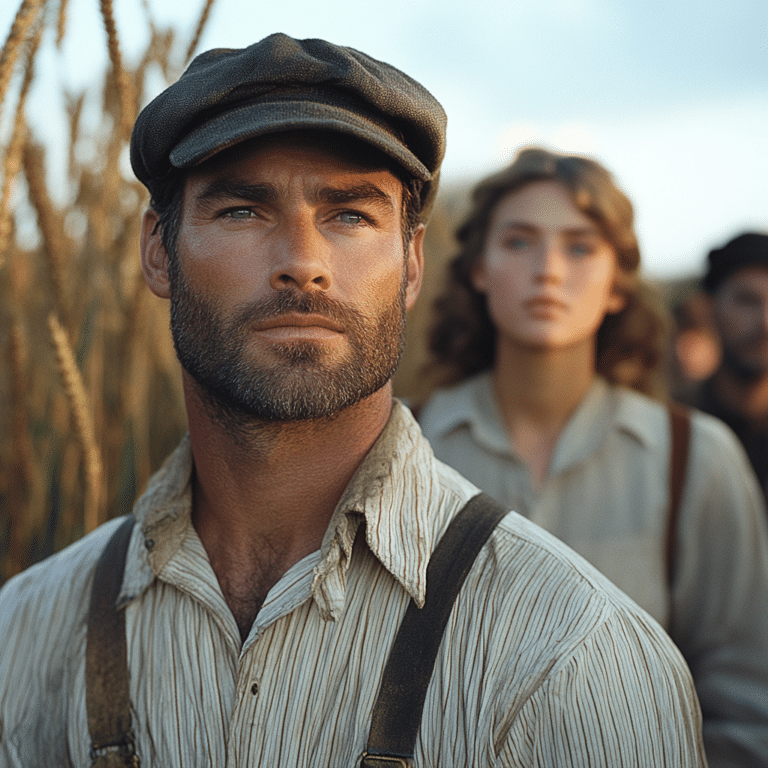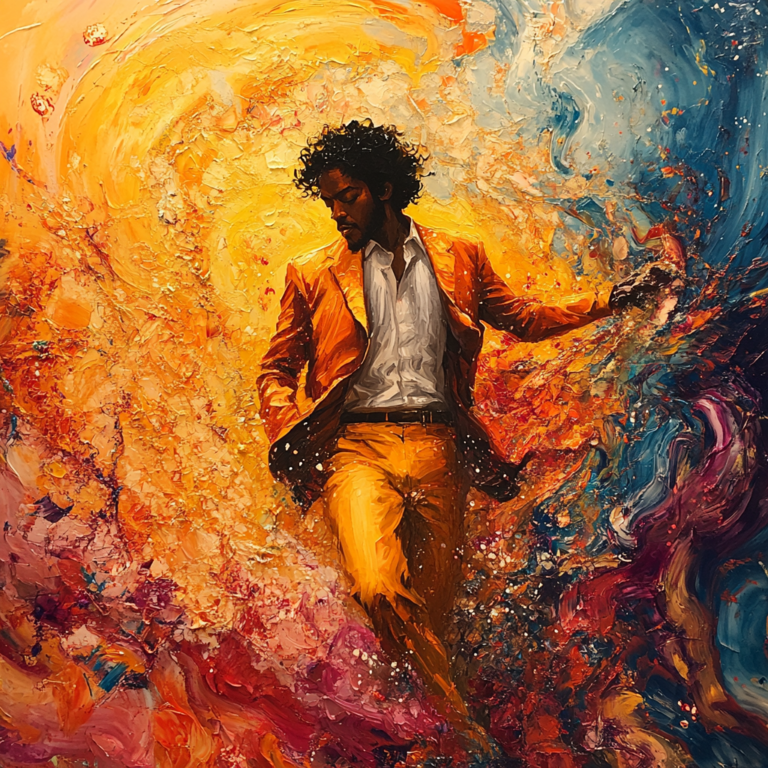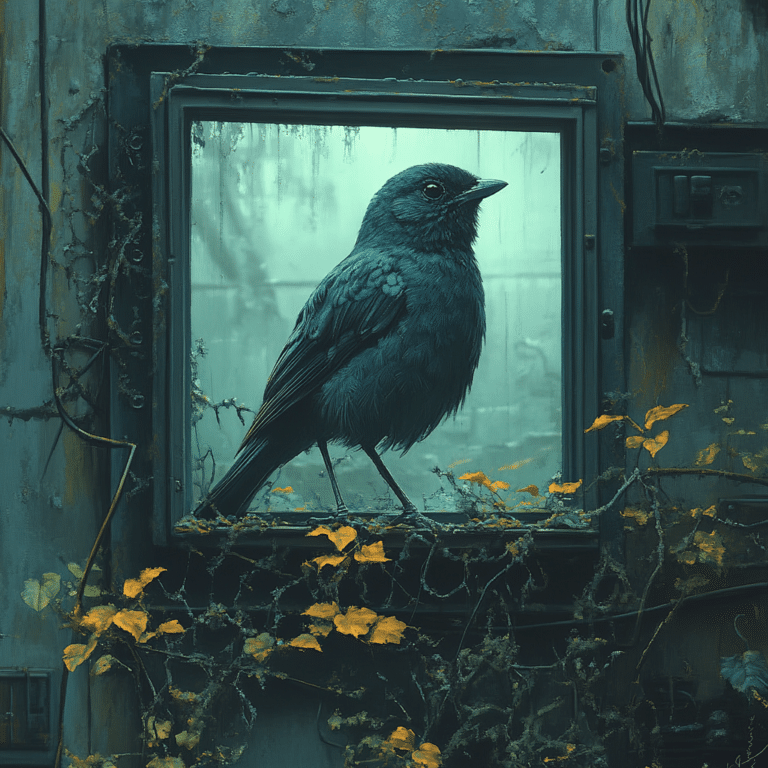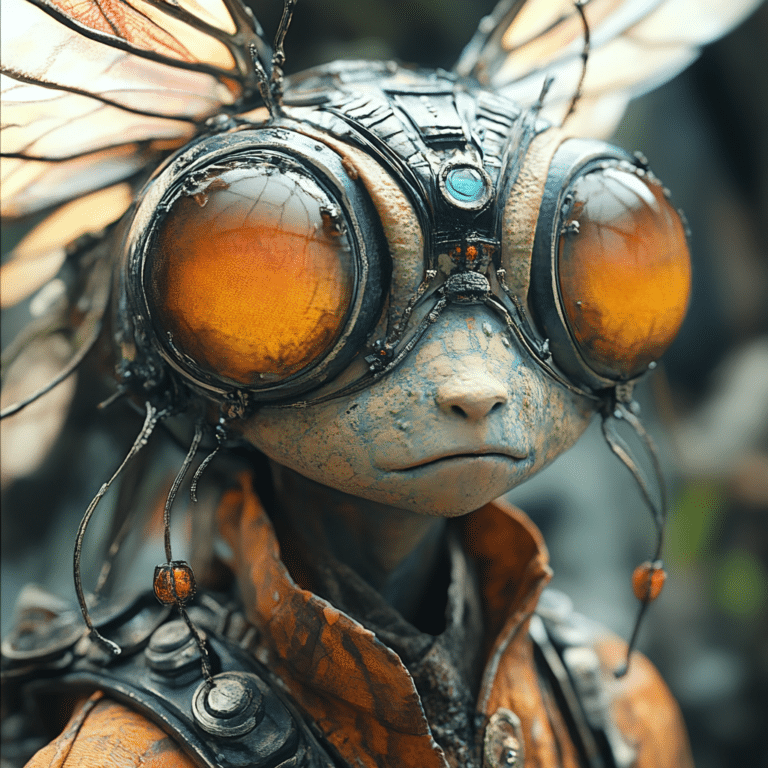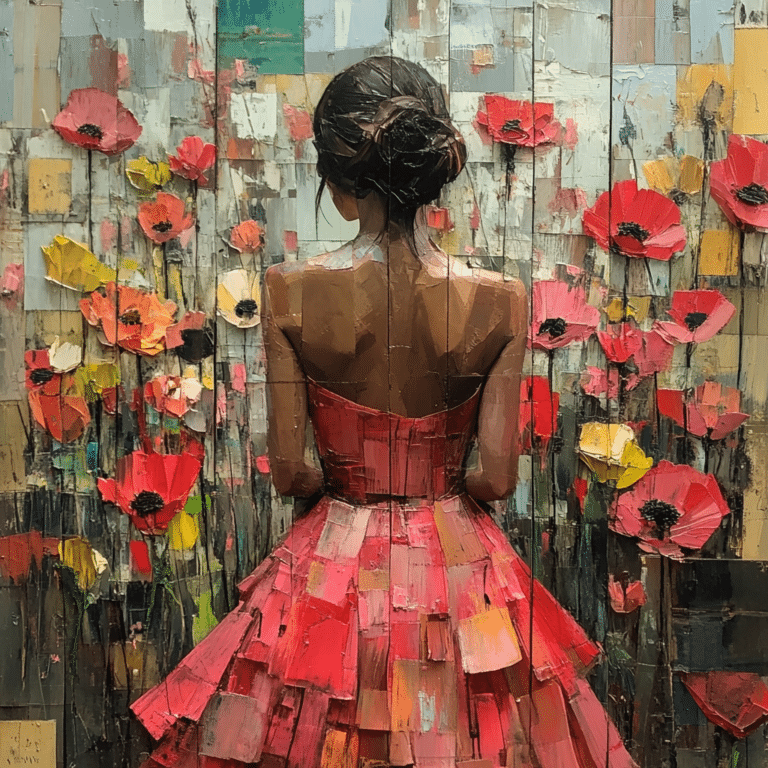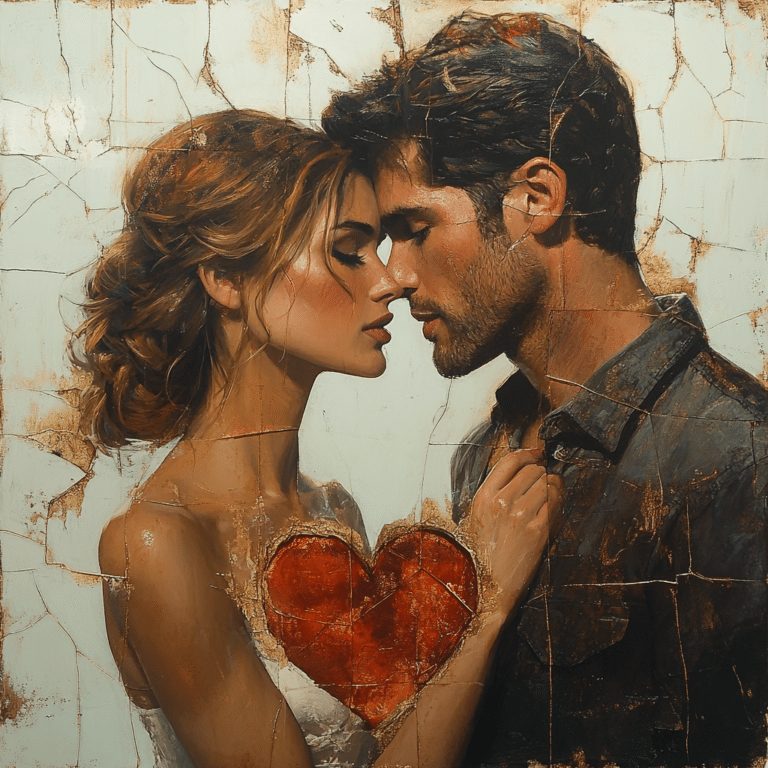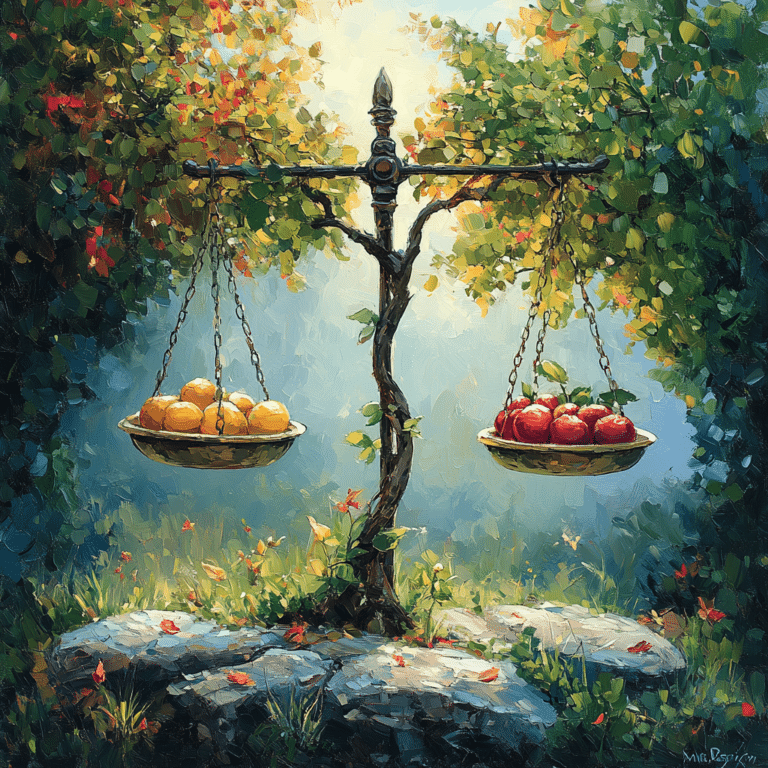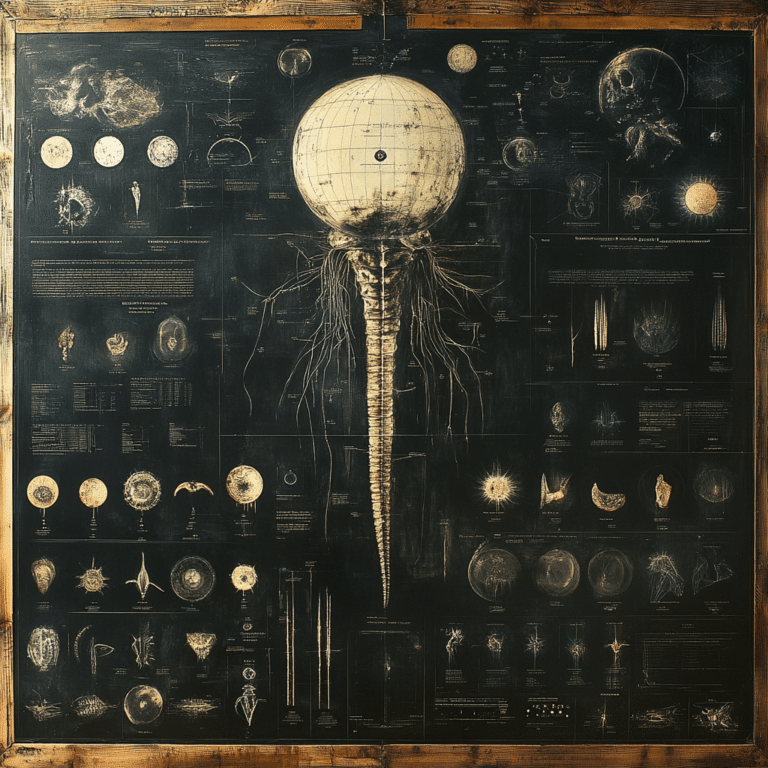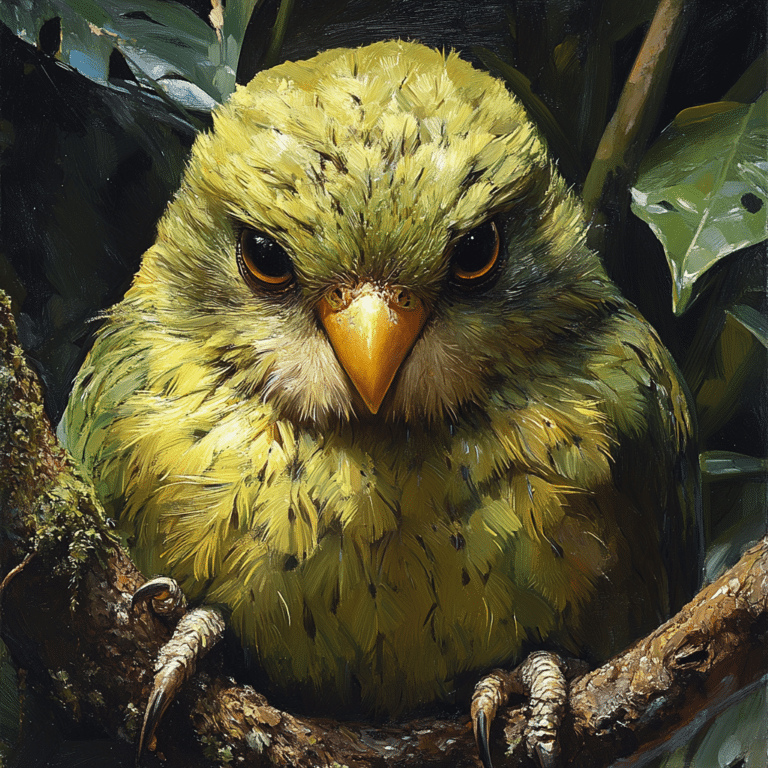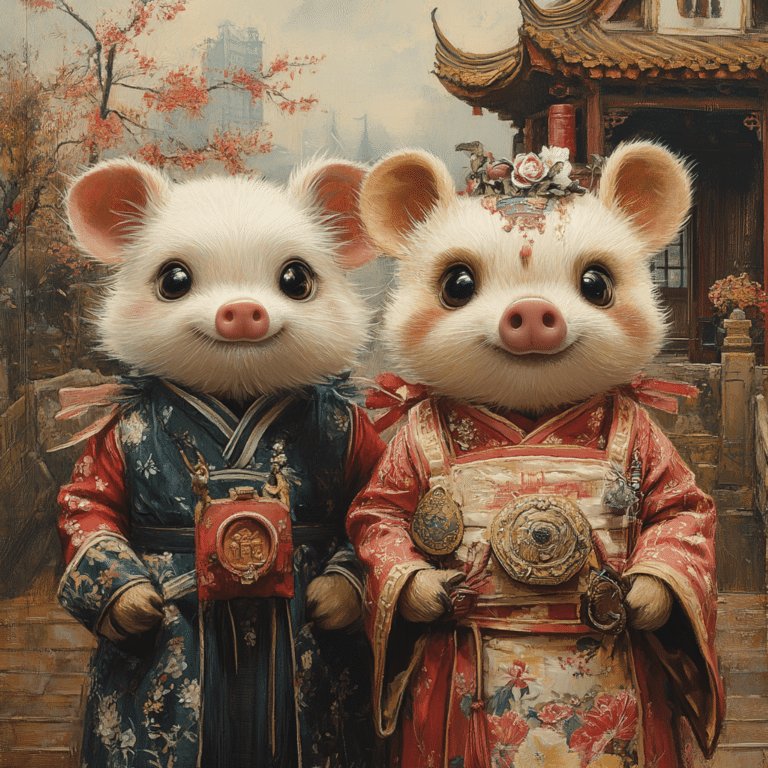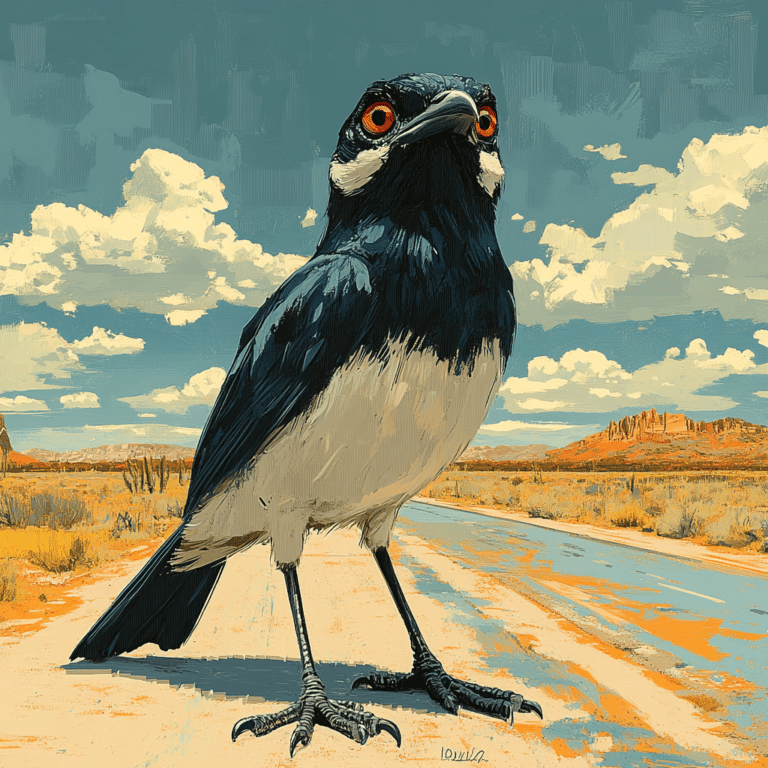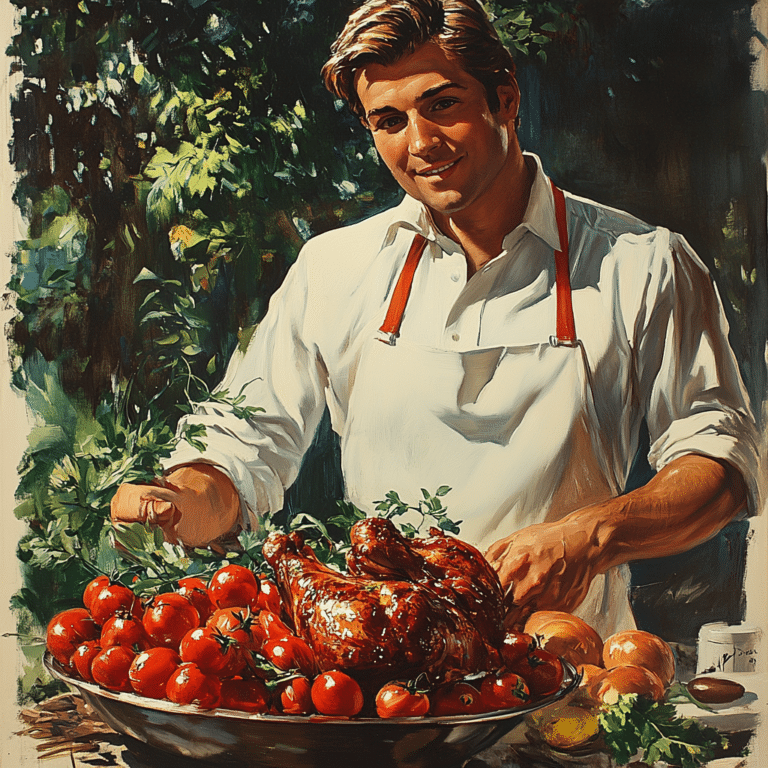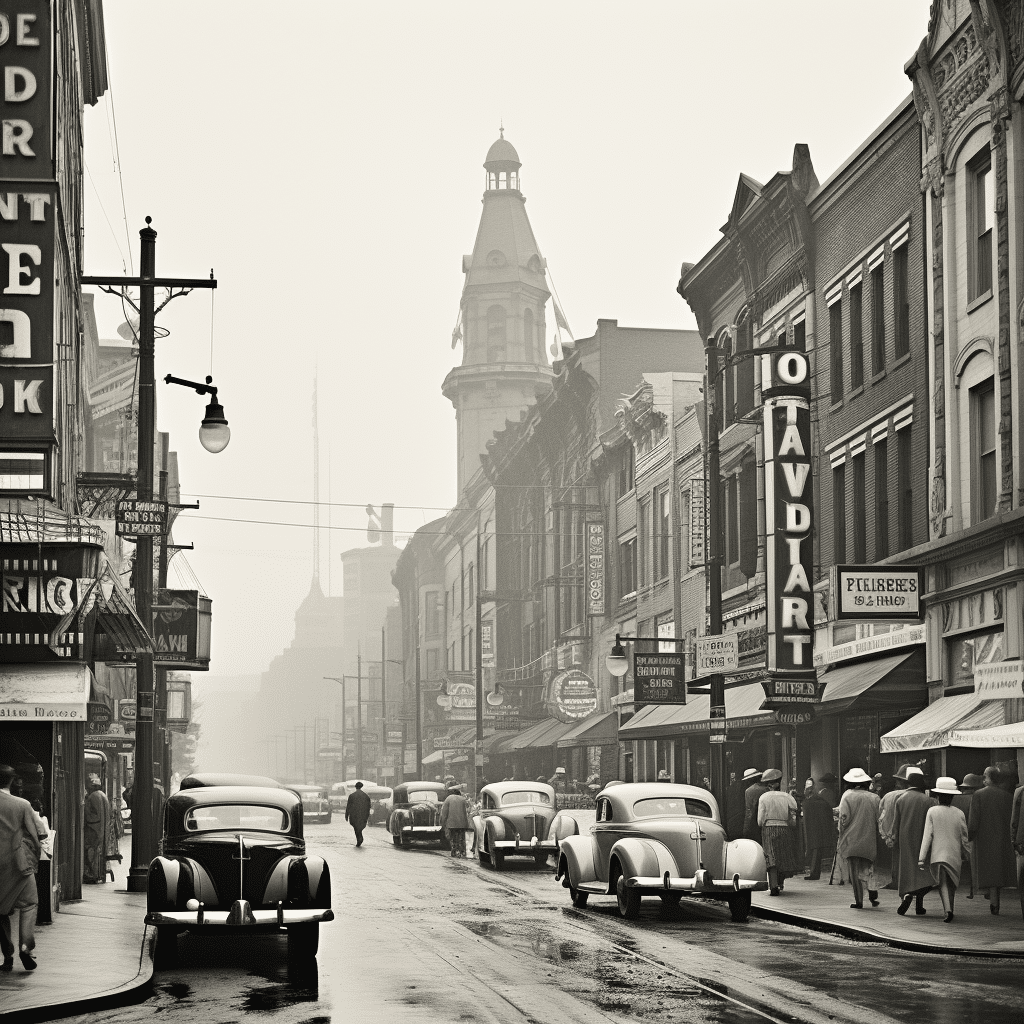Aragon, an alluring region in northeastern Spain, is not just stunning landscapes and rich history; it’s a vibrant tapestry woven from the threads of mythology, heroism, and the daily lives of its people. Residents boast a heritage that pulls from neighboring Catalonia and further afield, crafting spellbinding tales that share wisdom across generations. What’s fascinating is how these narratives are showcased in the region’s jubilant dance traditions, which bring Aragon’s enchanting folklore to life in a way that captivates locals and visitors alike.
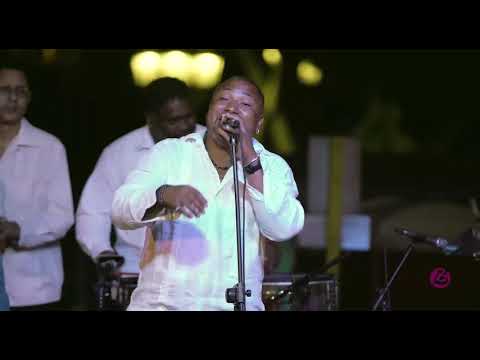
The Rich Tapestry of Aragon’s Folklore
Aragon is home to a myriad of myths and legends, each reflecting the region’s rich historical roots. One standout tale is that of “El Cid,” a Castilian nobleman who frequently traveled through the area around the 11th century. His portrayal in Aragonese folklore embodies the ideals of bravery, valor, and honor, acting as a beacon of inspiration. You can’t help but feel connected to his legacy, as you walk the same paths that once saw his strides.
Equally captivating is the figure of the mythical “Mora,” who weaves through stories as both a lover and a rival to the Christian knights. This character evokes the Moorish influence that shaped much of Aragon’s cultural landscape. It’s through these legends that the Aragonese community finds a sense of unity, and many festivals are dedicated to sharing these tales, fostering connections across generations.
These folkloric stories serve a greater purpose than mere entertainment. Festivals like the Fiestas del Pilar in Zaragoza are opportunities for families to share traditions, coupled with parades that reenact the vibrant folklore of Aragon. Here, we see community bonding in action; it’s a reminder that storytelling brings people together and reinforces their cultural identity.
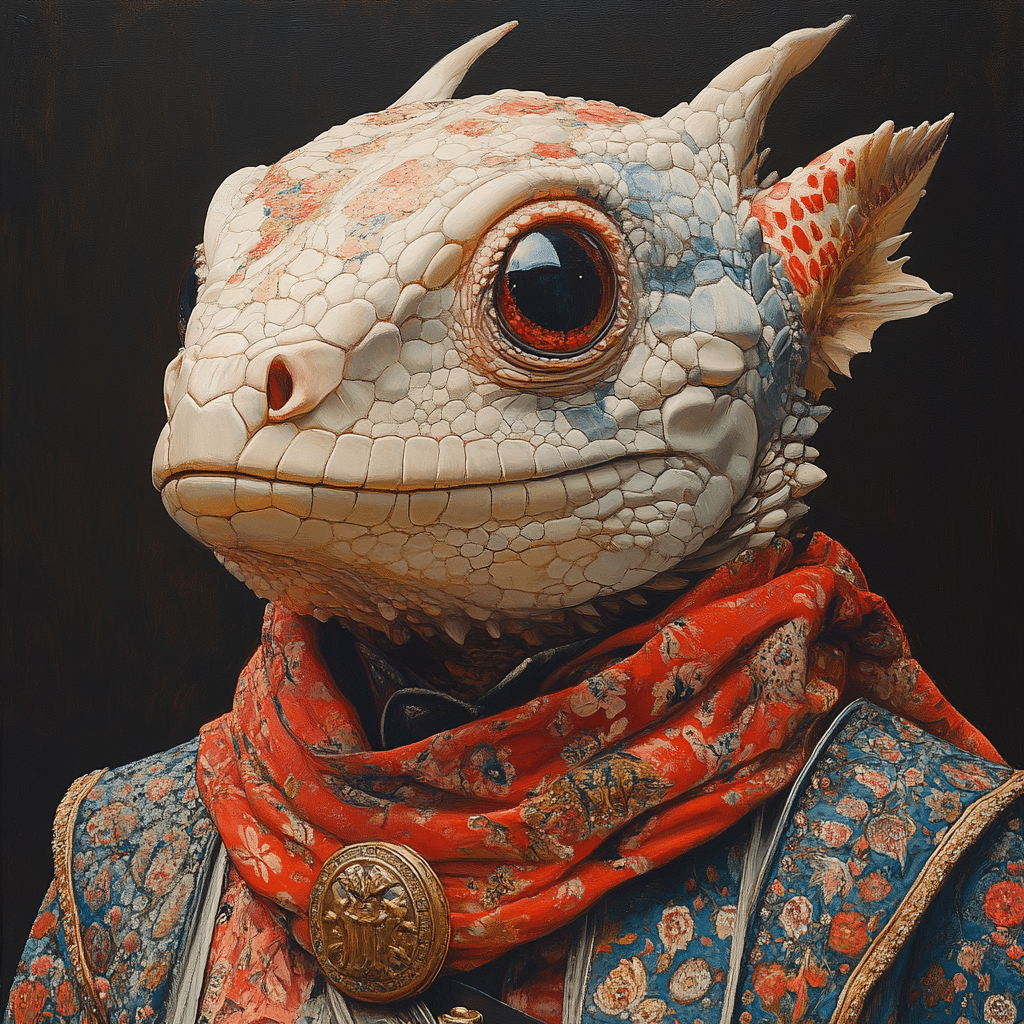
Top 5 Dance Traditions That Bring Aragon’s Folklore to Life
When it comes to expressing Aragon’s folklore, dance is an exuberant language all its own. Here are five dance forms that not only celebrate the region’s rich narrative, but also invite participants into the stories they tell.
The Jota is the pride of Aragon, featuring spirited music and energetic footwork. Dancers often pair up, performing in both solo and group formats, with guitars and castanets resonating in the background. Whether it’s a wedding or a local fiesta, the Jota unites people, transforming events into vibrant celebrations.
This dance, prevalent in many regions, takes on a life of its own in Aragon, where it shines at social festivities. Fandango is all about celebration and interaction, gathering crowds in urban squares or rural gatherings to join in the fun and shared joy.
A traditional morning dance, Alborada embodies gratitude for the dawn, often performed during harvest or religious celebrations. Its graceful choreography connects directly to the agricultural calendar, emphasizing the importance of nature in Aragonese culture.
Though primarily affiliated with Catalonia, the Sardana’s presence in Aragon speaks volumes about regional unity. Dancers form intricate circles, emphasizing the communal spirit while blurring cultural boundaries as it echoes the intertwining identities that breathe life into dance.
Hailing from Andalusian roots, the Sevilana has found a beloved home in Aragonese festivities. It’s a playful dance characterized by fluid hand movements that invite joyous expression—showing Aragon’s willingness to adopt and adapt cultural influences.

Cross-Cultural Influences: Aragon and Beyond
Aragon’s dance and folklore don’t just exist in isolation; they form fascinating links with cultural practices from nearby regions and beyond, enriching both local and global craftsmanship.
Catalan Connections
The closeness of Catalonia allows Aragon to share its rich folklore and dance styles. The incorporation of Jota into Catalan festivities creates a colorful blend—spectators enjoy the vibrant culture that weaves through both regions. This mingling of traditions highlights how interconnected our cultural narratives truly are.
European Festivals
Festivals in places like Innsbruck mirror Aragon’s practices by emphasizing community pride in folklore. Just like in Aragon, the power of dance emerges as a platform for shared heritage and celebration, showcasing how different cultures can find common ground through lively performances.
Global Exchange
Cities like Benfica and Lisbon further illuminate the global influence of Aragon’s dance and music. In Lisbon’s fado houses, Aragonese melodies meet local styles, showcasing how cultures can merge beautifully, sparking a zest for various musical traditions. It’s a reminder that art transcends borders, creating a world rich in shared experiences.
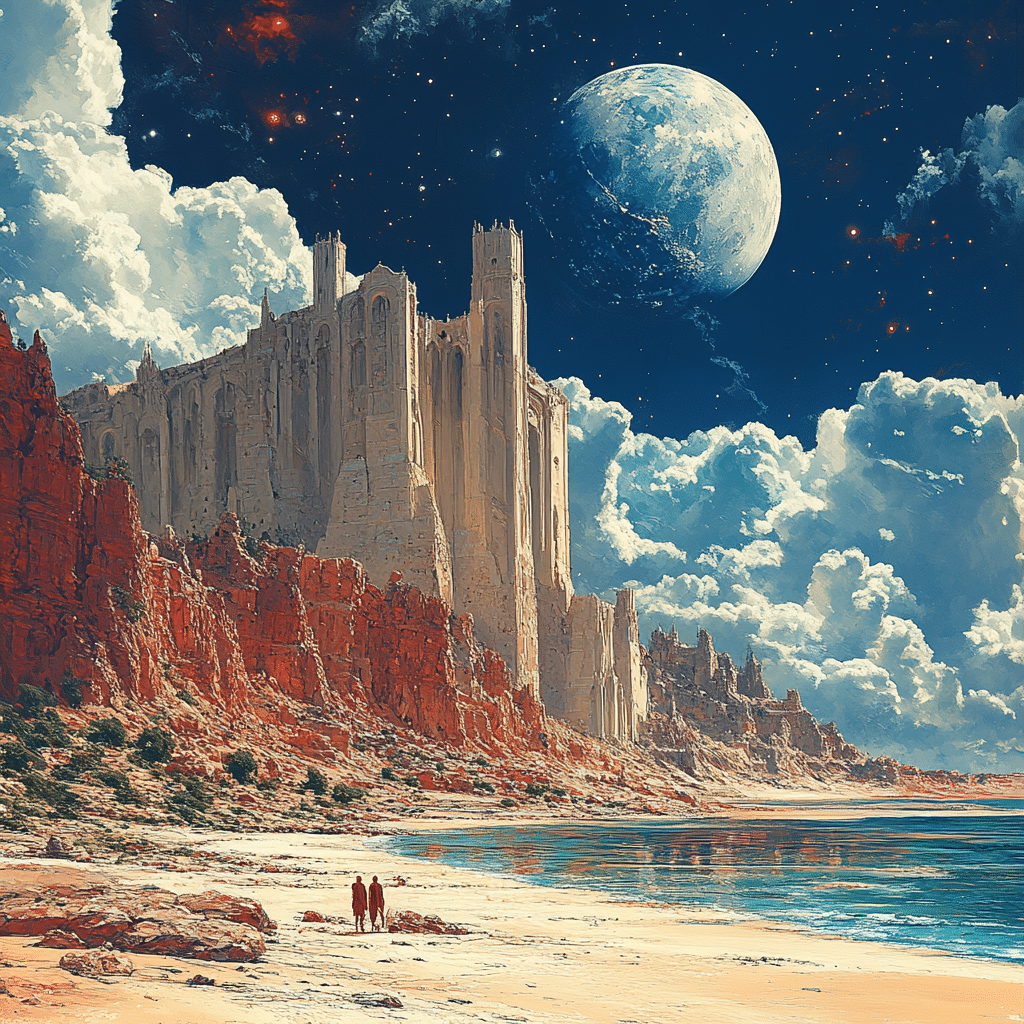
The Living Legacy of Aragon’s Folklore and Dance
Aragon’s folklore and dance are not static relics of the past; they are evolving expressions of a vibrant cultural history. The growing interest in these traditions is palpable, especially among younger generations who participate in workshops and festivals aimed at keeping these narratives alive.
These rich tales and spirited dances serve as reminders of the human experience—the power of storytelling, art, and cultural heritage strengthens the bonds within communities, reinforcing their identities as we march into an increasingly globalized world. So, the next time you encounter the lively Jota or hear the enchanting legends of El Cid and the Mora, remember: these are not just stories and dances. They are threads binding us all in our shared pursuit of connection, joy, and belonging.
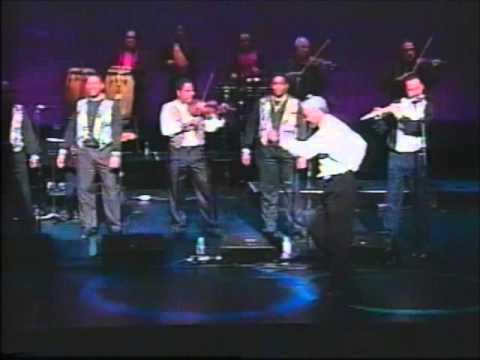
Aragon’s Enchanting Folklore and Dance Traditions
Dancing Through History
As we delve into the vibrant culture of Aragon, did you know that this region’s folklore is steeped in tales that go back centuries? Legends abound about heroes and mythical creatures, from the mischievous “Cucafera,” a dragon-like creature, to tales of bravery in battle. These stories are often celebrated in local dances that incorporate lively rhythms and colorful costumes, offering a glimpse into the spirit of Aragon. While you’re enjoying a folkloric dance, don’t forget to catch a game of football; if you’re unsure how, check out this guide on How To watch Thursday night football.
A Costume Affair
Ah, the costumes! The traditional attire worn during Aragonese dances features stunning embroidery and bright colors, often reflecting the local environment, such as flowers and rivers. Speaking of creativity, the region has also seen influences from contemporary fashion, like those from the renowned designer Margiela. Alongside these artistic expressions, folklore enthusiasts might not want to miss out on an enriching experience found in the local theater, where artisans tell the tale of Aragon with their unique storytelling methods.
Folklore and Modern Interpretations
Aragonese folklore isn’t just limited to old tales; it has evolved, finding its way into modern art. Street art has given rise to incredible pieces such as those created by famed artists like Banksy, whose works challenge our perception of culture. Just as one must consider appropriate choices in life, like knowing What To avoid When taking low dose naltrexone, it’s important to appreciate how traditions adapt over time while staying true to their origins.
In a fun twist, don’t forget that you can find a community spirit reminiscent of that in Aragon through local gatherings, similar to a Friends home vibe, where you can share stories and enjoy performances that echo the traditional beats and melodies of this captivating region. It’s like being at a lively gathering where everyone is dancing and laughing—pure joy! Lively tales, colorful performances, and the warmth of culture make Aragon not just a place to visit but a treasure chest of traditions waiting to be explored.
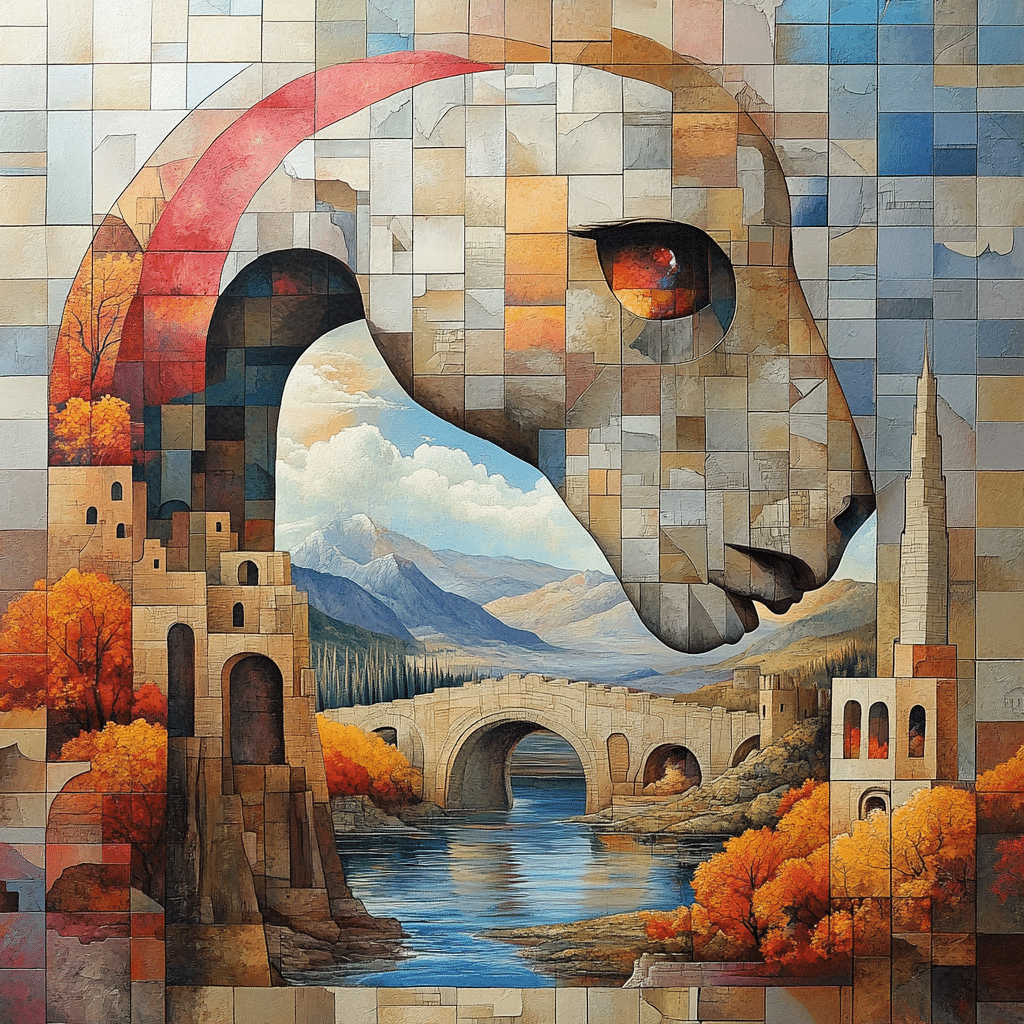
What was Aragon known for?
Aragón is known for its traditional jota dance, which has been performed since at least the 1700s by both men and women, highlighting the region’s rich cultural heritage.
What does Aragon mean?
The name Aragon refers to a region in northeastern Spain, which was once an independent kingdom that merged with Castile to help form modern Spain in 1479.
Is Aragon in Spain or France?
Aragón is in Spain, serving as an autonomous community that includes provinces like Huesca, Zaragoza, and Teruel.
Was Barcelona part of Aragon?
Yes, Barcelona was part of the Crown of Aragón, which also included several other regions and territories across the Mediterranean.
What ethnicity is Aragon?
The primary ethnicity in Aragón is Spanish, and the Aragonese people are part of the broader Spanish cultural and ethnic identity.
What is Aragon called now?
Aragón is still called Aragón today, retaining its historical name as an autonomous community in Spain.
What race was Aragon?
The people of Aragón primarily identify as Spanish, reflecting the region’s deep historical ties within the broader Spanish nation.
What is the bloodline of Aragon?
Aragón doesn’t have a specific bloodline, but its historical rulers and nobility have various genealogical ties through medieval European history.
Is Aragon a Mexican name?
Aragón is not a Mexican name; it originates from the northeastern region of Spain and is tied to its historical context.
What are people from Aragon called?
People from Aragón are called Aragonese, which reflects their regional identity and cultural heritage.
What language is spoken in Aragon?
The primary language spoken in Aragón is Spanish, though the Aragonese language also exists, albeit with fewer speakers today.
Where is the Aragon family from?
The Aragon family, linked to the monarchy, comes from the historical Kingdom of Aragón in northeastern Spain.
What is Aragon famous for?
Aragón is famous for its diverse landscapes, rich history, and cultural traditions, including the well-known jota dance.
Was Sicily part of Aragon?
Yes, Sicily was part of the Crown of Aragón in the past, illustrating its historical territorial reach.
Which country is Aragon now known as?
Aragón is known today as a region of Spain, remaining an important part of the country’s cultural and administrative landscape.
What is the Speciality of Aragon?
Aragón’s specialties include traditional dishes like ternasco (lamb), which showcases the region’s culinary heritage.
What was Ferdinand of Aragon known for?
Ferdinand of Aragón is known for uniting Spain through his marriage to Isabella I and for supporting Christopher Columbus’s expedition to the New World.
What is Catherine of Aragon most famous for?
Catherine of Aragón is most famous for her marriage to King Henry VIII of England, which ultimately led to the English Reformation when Henry sought to annul their marriage.
Why is Aragon important in Lord of the Rings?
In “Lord of the Rings,” Aragorn is important as he is a key character representing hope and the rightful heir to the throne, symbolizing bravery and leadership.

